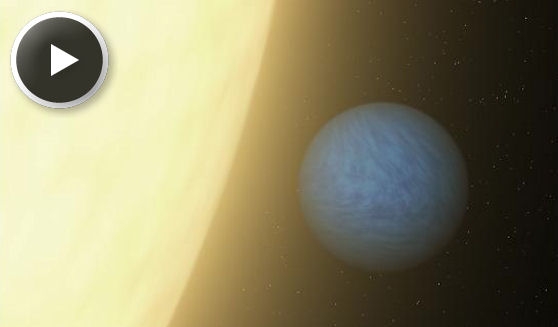NASA’s Spitzer Space Telescope has detected light emanating from a “super-Earth” beyond our solar system for the first time. While the planet is not habitable, the detection is a historic step toward the eventual search for signs of life on other planets.
The planet, called 55 Cancri e, falls into a class of planets termed super Earths, which are more massive than our home world but lighter than giant planets like Neptune. The planet is about twice as big and eight times as massive as Earth. It orbits a bright star, called 55 Cancri, in a mere 18 hours.
The 55 Cancri system is relatively close to Earth, at 41 light-years away. It has five planets, with 55 Cancri e the closest to the star and tidally locked, so one side always faces the star. Spitzer discovered the sun-facing side is extremely hot, indicating the planet probably does not have a substantial atmosphere to carry the sun’s heat to the unlit side.

Charles M0OXO
I was born in the 1960’s and have lived all my life in the Coal Mining Town of Barnsley in South Yorkshire, Northern England. My parents were all from this area of Yorkshire and my father worked in the main Industry of the local Collieries as a face worker. I have been married to my wife Debbie for 38 years and we have two children and two grandchildren.
I have been licensed for around 20 years after my interest was re-kindled when I retired from my role as a Police Officer within South Yorkshire Police Force. The latter few years were spent as Radio Operator in the Force Operations Control Room at Sheffield, before my career ended.
IOTA chasing is (and always has been) my real passion, as climbing the ladder to reach Honour Roll status was always my main aim. The 1000 Islands Trophy is still out of reach but I am heading in the right direction. I am currently a Board Member of IOTA Ltd.
In my free time I am a keen Photographer of Wildlife but the QSL Manager role is my main passion within Ham Radio.
https://www.m0oxo.com/
https://www.m0oxo.com/oqrs/
https://www.facebook.com/charles.wilmott.3

